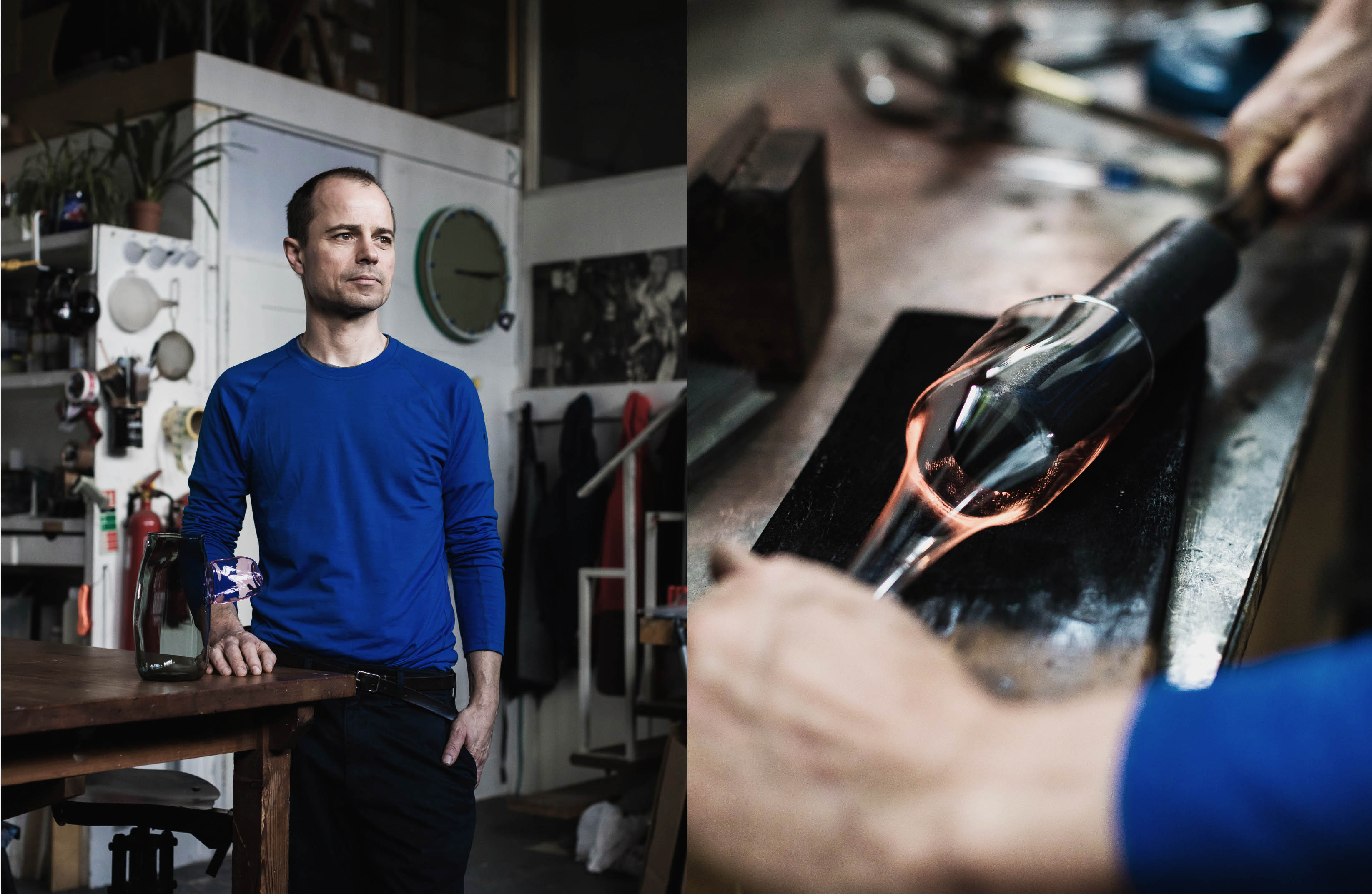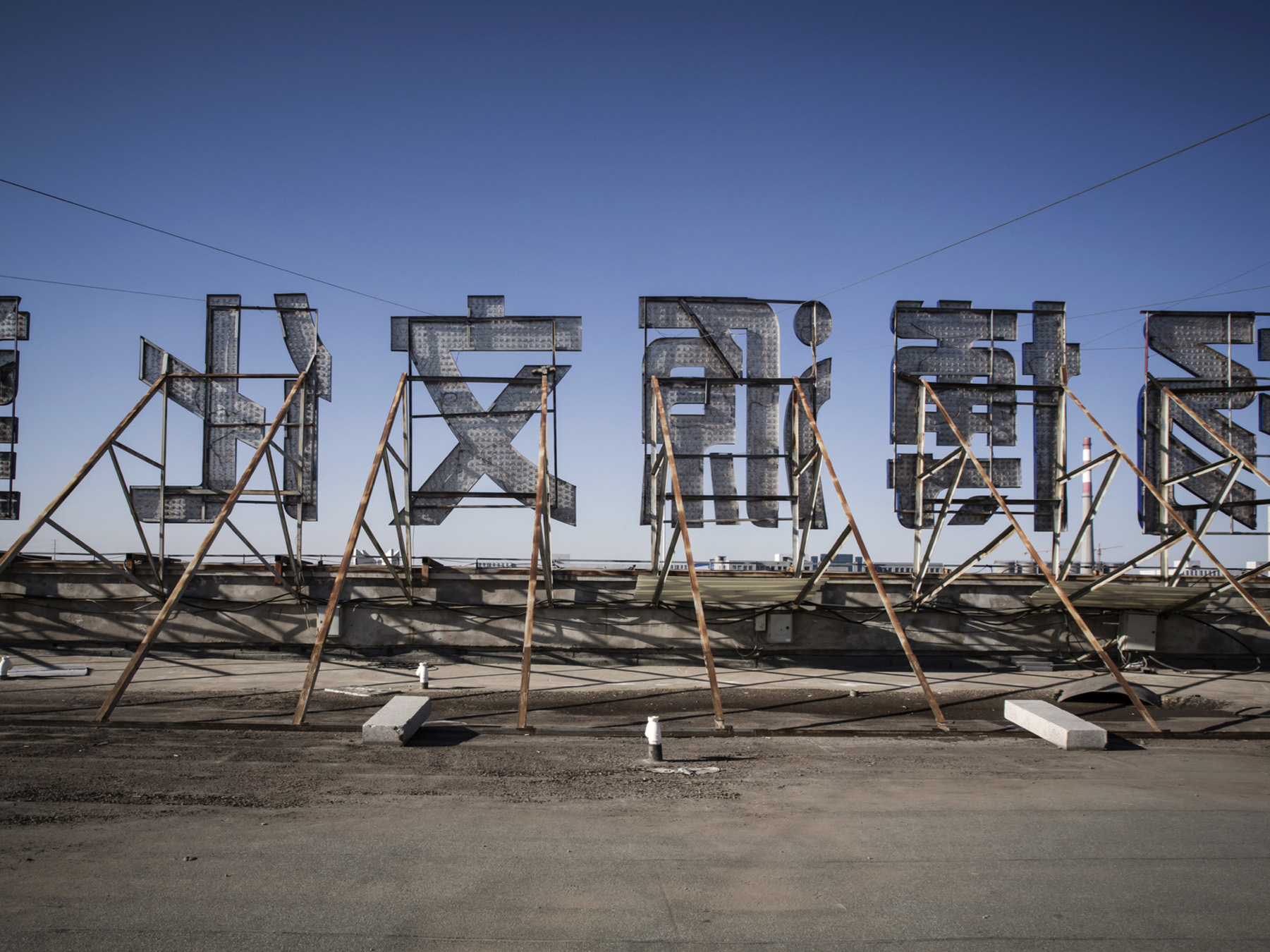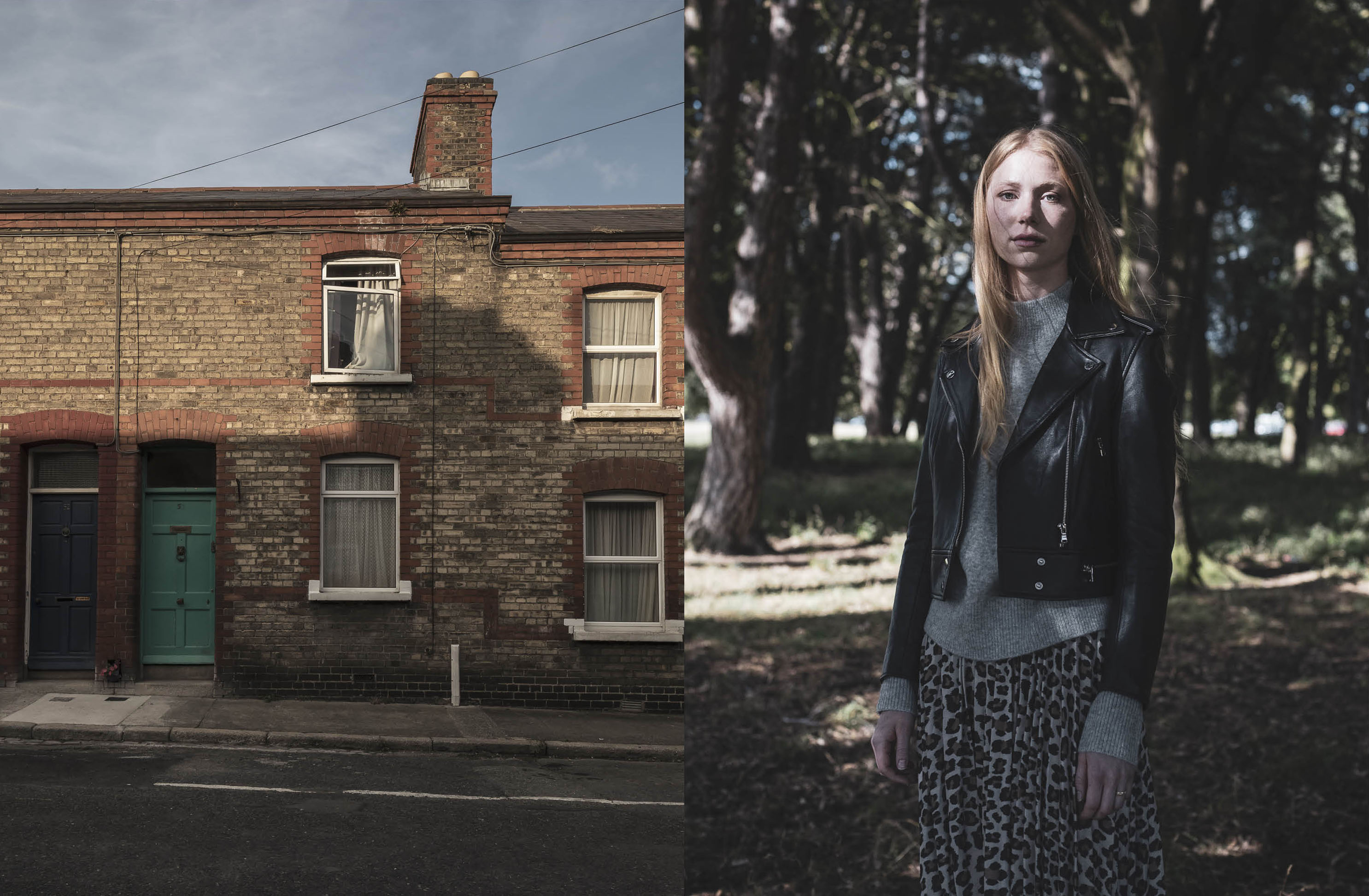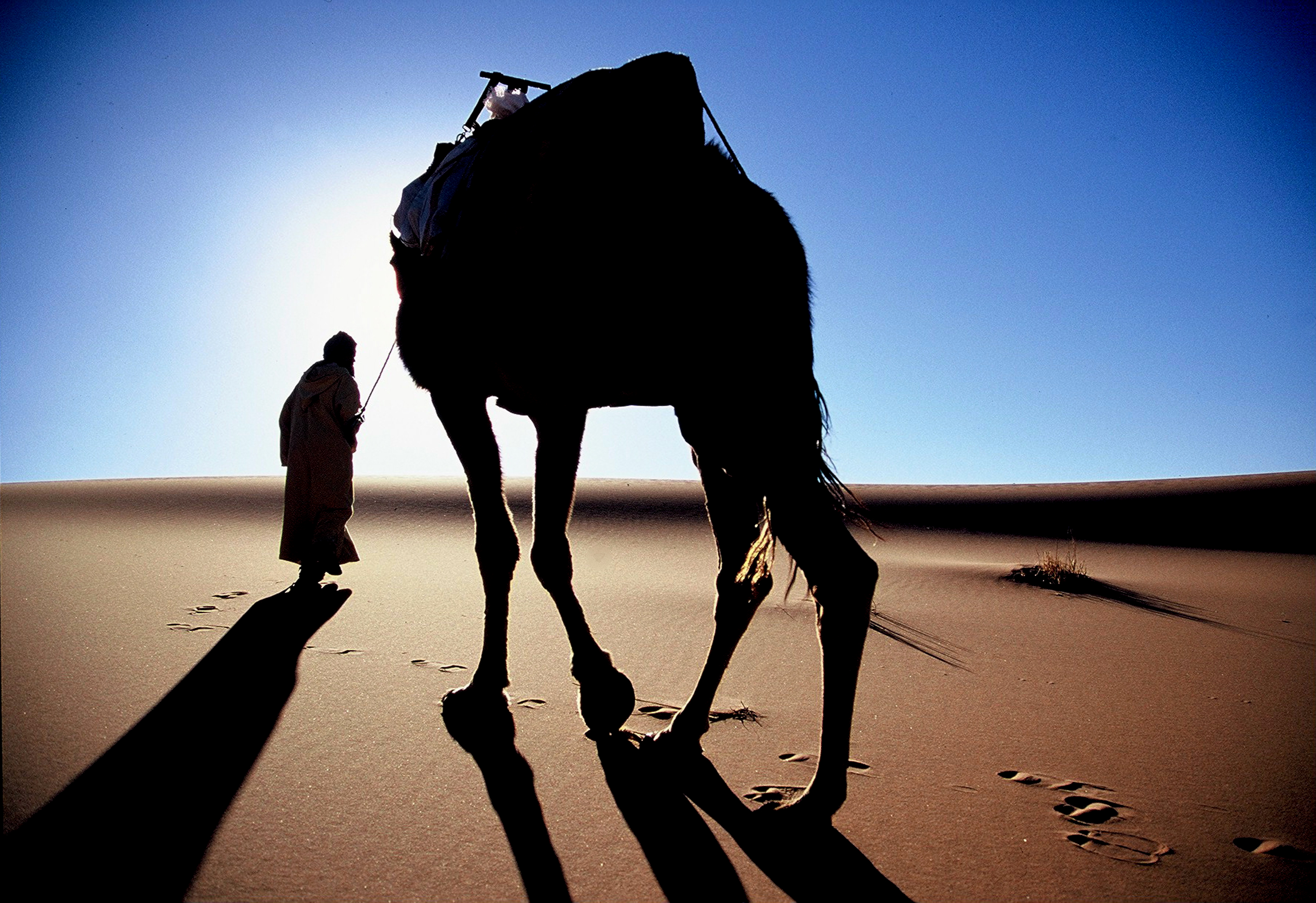To round out our Designer as Collaborator series, we speak with photographer Matthew Thompson. As a formally trained designer, Matthew continues to collaborate with and involve design in his projects and workflow...
Matthew, coming from a design background, what led you to the world of photography in a full time capacity?
The transition from designer started with being short listed for Observer Hodge Photographic Award in London. I was a working at the branding agency Image Now when co-designer Adam Gallagher twisted my arm to enter. The chosen images document an indefatigable camel guide, Omar in the Moroccan Sahara. As it transpired neither of us enjoyed being on camel’s back so I decided to trudge behind them on blistering sand and recorded our experience.
Following the exhibition I was asked to shoot for Irish fashion designer Helen Cody, then a campaign in Prague with legendary art-director Mike Garner – it felt out of the blue but I ran with it. I was a completely out of my depth and had to learn technical aspects overnight. Sleepless evenings with pre-shoot nerves eventually became excited energy. I’m hugely grateful for those who took a chance on me.
Your work primarily concentrates on how conditioning influences our perception. Can you elaborate on this approach? How did you arrive here?
This is something I have always been interested in. Maybe it’s natural, maybe childish but I’m interested in wondering ‘why we think, what we think’. What brings individuals to such conflicting perceptions of shared experiences.
In researching my masters, neuroscientist Dr. Adrian Dervan of TCD explained how our senses receive information and with that we build evidence that supports probable scenarios. Depending on our conditioning and previous experience we collate this data to support our prejudices. What John Berger describes as a momentary truth which ‘tests, constructs and confirms a total view of reality’.
I became interested in what that might mean in terms of both personal and collective memory. Photography as a medium seemed ideal to interrogate a subjective view of a world from one given view point at one given moment. Our understanding of what is real seems utterly fragile and open to misunderstanding. Thankfully this research was not as dystopian as it all sounds... understanding the flaws in my own perception helped me to empathise with others.

You often partner with designers. Can you describe how collaboration typically takes shape when working in a design environment?
I have had the good fortune to collaborate with some amazing designers over the last twelve years. Coming from a similar education I found the problem solving approach of research, exploration, craft and refinement as the one I could enjoy. I love when a concept holds the potential to generate multiple outcomes.
The relationship with a designer typically takes the form of coffee and a good conversation, a discussion about what they need to communicate and in which way could it be perceived. From this starting point the idea then transforms through thought and the limitations of the situation.
Picasso explains that ‘a picture is not thought out and settled beforehand. While it is being done it changes as one’s thoughts change.’ There is something exciting about being open to the possibility of chance and responding to the situation in the moment. To allow for what is planned and equally what is not, I feel that good design celebrates change.

Have changes in technology and social media impacted your work and process in recent years?
Broadly speaking I think technology has affected all of us psychologically, in ways we will only comprehend in time. Within photography, it has developed at a staggering speed though I feel it’s been mainly positive. For example, making motion work has become far more accessible. It’s been a steep learning curve but to conceive of an image revealing an idea over time is thrilling to me.
Regarding consuming photography, Instagram has been an amazing way to get fledgling projects to an hungry audience.On the flip side the drawback is the fleeting nature of engagement and whether that undermines the lasting value of your creative energy. With so much extraordinary content being endlessly scrolled by, less certainly feels better.

Finally, what do you think is the most important skill for creatives today?
Interpersonal skills may not be the ‘most’ important skill but I feel they are under emphasised. Go and talk with your collaborators face to face. Digital interfaces do not yet quite convey the nuances of humour, intonation and body language that help you get closer to what is really needed . Bring biscuits, drink tea, laugh, ask silly questions (better before then after), ask what their client’s worries are, allow for them. You are discussing design problems, you are there to suggest solutions, politely speak your mind. Ohhh... read the brief and press your shirt. Good luck!
